On January 23rd, Top Level Design’s .design and .wiki top-level domains (TLDs) received the official approval by China’s Ministry of Industry and Information Technology (MIIT).
This follows on about the one year anniversary of MIIT’s approval of Top Level Design’s .ink. In the intervening year, .ink has found an interested and growing market, especially at registrars like Alibaba’s HiChina and Chengdu West. In China, .ink is often interpreted as “INternet King.”
The Chinese government requires all TLDs to be certified by MIIT. Once approved, Chinese residents can register domains in the TLD and host domains in mainland China. As of January 23rd, all of Top Level Design’s TLDs have been officially approved in mainland China.
The .design TLD has great potential in the Chinese market. The word design is internationally associated with smart and luxury products, which certainly have large and increasing cultural appeal in China. Good design, associated with companies like Apple, are sought after and China is experiencing rising interest in thoughtful and well-designed products, web services, apps, and more.
Furthermore, the .design premium model means domains like luxury.design and jewelry.design will soon be available on a first-come first-served basis via the registrar channel. This model has been hugely successful elsewhere, with over 20% of .design’s premium inventory registered in the first two years of operation. In fact, .design was on sale in China before current regulations required the approval process and during that time it was selling well, especially premium names, short domains, and potentially valuable names that were not designated as premium.
One of the most trafficked .design sites is ant.design, of Ant Financial, which is a part of the Alibaba Group and the most valuable fintech company in the world (formerly known as Alipay). The ant.design site is in both Mandarin and English and is a dynamic resource that lays out the design language used across Ant and Alibaba brands.
The .wiki TLD will be buoyed by the international association between wiki and authoritative information, such as that found on one of the world’s most trafficked site, Wikipedia.org. Current, popular .wiki sites in Asia and China include a Korean Wikipedia style project namu.wiki, and the Chinese byr.wiki search engine. In both cases we see the sites being used as knowledge resources. Wiki sites are generally associated with wiki software, allowing for collaborative editing, but it is not a requirement of .wiki. There is interesting potential for the .wiki TLD in the large, Chinese market that does not readily use Wikipedia but is aware of its influence.
Top Level Design’s CEO, Ray King, welcomed the news, “We have been working diligently since MIIT regulations were put in place to deliver our TLDs to the Chinese market. During this time we heard repeatedly from end users in China that our domains are wanted there. We’re excited to finally deliver, and our team in both China and the U.S. are ready to serve our current and new Chinese users. This is an especially auspicious way to prepare for the year of the dog!”
Availability for .design and .wiki is forthcoming at China’s major registrars and implementation is already underway at many; current registrar partners can be found here. New registrar partners, business interests, and domain buyers can reach out to Top Level Design’s Chinese Market Coordinator, Kimberly Sheng (in Chinese or English).



